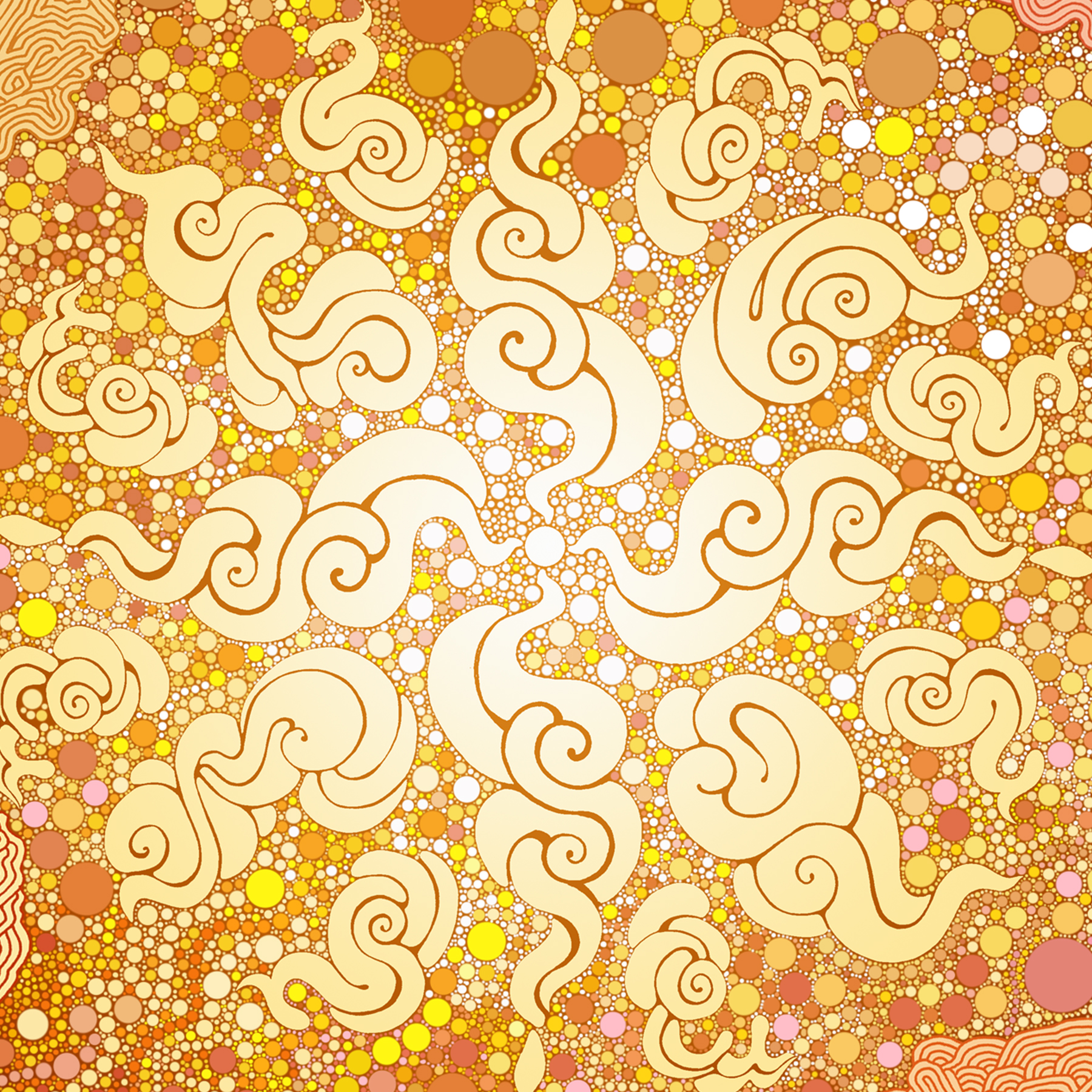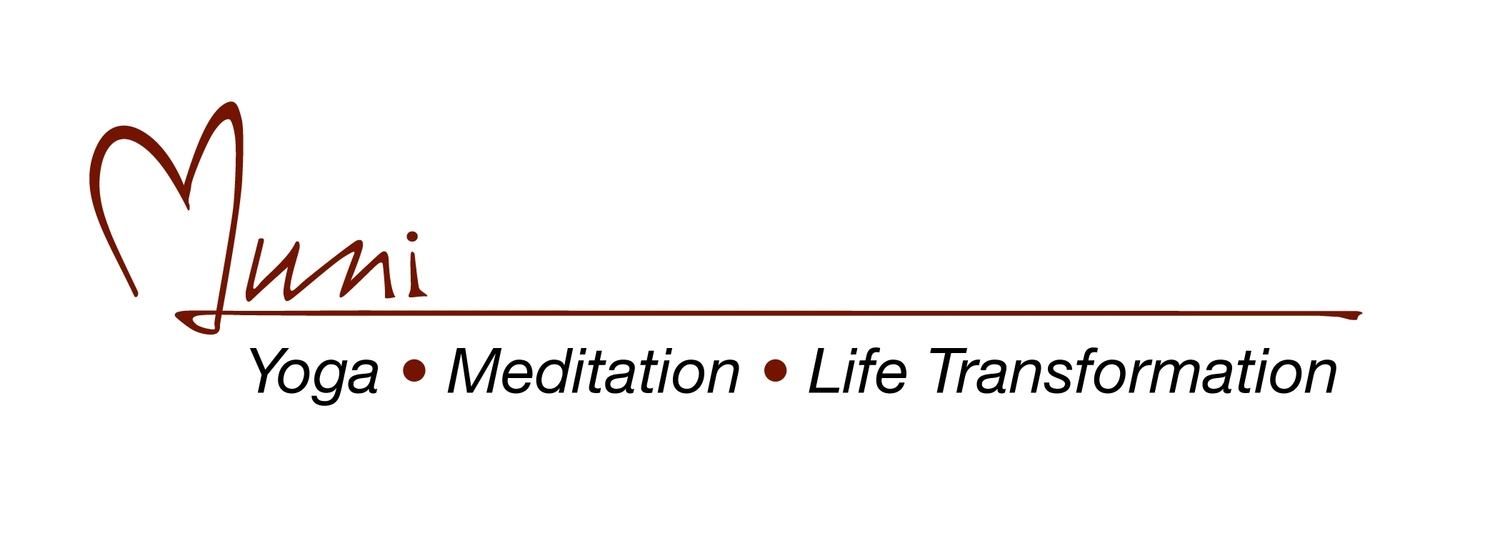The Self - Our One Essential Identity
/ Although an unexplainable truth can only be known through experience, the very existence of that truth and the possibility of its experience can suffer obscurity if it is not announced in concept first. Therefore, paradoxically, an unexplainable truth must sometimes be “announced” in explanation before it can be experienced.
Upon hearing the explanation of an unexplainable truth—even if that explanation is, “It’s unexplainable!”—those who have not experienced that truth will have to accept that explanation in faith, reject it in doubt, or reform it into a question left open for an answer yet to come.
Although an unexplainable truth can only be known through experience, the very existence of that truth and the possibility of its experience can suffer obscurity if it is not announced in concept first. Therefore, paradoxically, an unexplainable truth must sometimes be “announced” in explanation before it can be experienced.
Upon hearing the explanation of an unexplainable truth—even if that explanation is, “It’s unexplainable!”—those who have not experienced that truth will have to accept that explanation in faith, reject it in doubt, or reform it into a question left open for an answer yet to come.
However it is received, that truth stands announced—in concept. If that announced concept is either accepted or contemplated, it beckons. If it is rejected, it awaits. Sooner or later, a beginning development of that concept into experience will mark the start of a mystical expedition into the unexplainable.
A concept can never be absolutely true. And that’s all right because the value of a concept is not in its content but in its connection. A concept of a truth is connected to that truth by a thread of logic that will eventually work itself out to give itself up to an experience of that truth, which will be absolute. Take, for instance, the classic yoga teaching about “the Self.” One conceptual announcement of that teaching might go something like this:
We all share a one life force that comes from a one life source, which is also our one identity that we’ll call “Self” for now, though any name would do. This Self is beyond the grasp of consciousness, transcends time, form and space and defies description. Although it cannot be experienced because it precedes experience, it can be merged with from within being and acknowledged, after that merging, as Self Realized.
In this one relatively short paragraph, there is a lot of concept to accept, question or reject. Yet even if all of this concept is completely rejected, it does not go away. It takes its stand in memories we think we have forgotten but haven’t. There, it awaits its opportunity to offer us a beckoning into the depths of yoga.
If we have worked out doubt enough to wholeheartedly accept that a given concept of Self offers at least an idea of a certain experiential possibility, and we can therefore allow ourselves to forthrightly seek Self based on a plan derived from this concept, even the heavy demands of everyday life cannot weigh us down into thinking Self Realization is too much to hope for, because we can now hope for anything. We can now hope for anything because we have replaced a dark doubt with a bright faith that makes any reasonable aim seem obtainable.
From a grounded faith in reasonable possibility, we can see clearly that inner and outer experiences do not have to contradict each other, but can actually share mutual support, as they most certainly do in the lives of mystics who are the way they are because their outer listens to their inner and their inner listens to their outer while they reside in being in between.
Whether or not we choose to accept the concept we will all become mystics sooner or later, we must at least concede that, while we are not, things may not be as they seem.
Because physical life is by nature so overwhelmingly mesmerizing and all-consuming, most of us are easily drawn into what seems like a necessary identification with the body and its urgent needs. Our “I” seems to be the body. And our life seems to be only physical.
We think to ourselves: “If I can’t eat, I’ll die in a matter of weeks. If I can’t drink, I’ll die in a matter of days. If I can’t breathe, I’ll die in a matter of minutes.” Physical survival becomes our paramount concern. We assume, if the body dies, we die.
“Such is not the case, of course,” some of us might be taught to speculate. Certainly, when we hear, read or think we are more than a physical body, we might intuitively sense this to be true. But do we know this beyond the shadow of a doubt? Is that small spark of intuition enough to fortify us against a “gut fear” of physical death?
“I’m not afraid of dying,” some of us might stoically assert. But aren’t we? Is it not a fear of our own physical demise that lies at the root of most of what we do in physical life, including getting educated, finding a job, buying a house, caring for a family and saving for retirement? Would we not feel a primal fear of death if any of these “necessities of life” were threatened?
Something must happen within us to turn this earth-bound thinking and feeling around. Something must happen and something does happen. This is the promise the sages of old have boldly made—that every one of us will experience our way up and out of the identification with the physical body that stimulates a disproportionate fear of death.
For a few of us, this transcendence might get triggered through a revelatory event—such as a near-death experience or an otherworldly dream. An extraordinary incident like this can mold its changes within us abruptly. Suddenly we are filled and thrilled with a confident knowing that we are not the physical body, that we wear the physical body like a set of clothes and that we have worn many physical bodies through many lives.
More often, however, this transcendence surfaces gradually, smoothly and unobtrusively as a gentle shifting of focus. We simply find ourselves realizing our lives really aren’t so burdened and our problems really aren’t so many. In this realization we give ourselves permission to become intrigued with the possibility of enjoying an internalized life that is far more substantial and fulfilling then the externalized life we have been living. When we arrive at this threshold of a new life, however we get there, we are ripe for merging with the “I” of all.
Yet seeking something that cannot be experienced (because it precedes experience) can be intellectually frustrating. We are left to wonder just how to go about getting what we already have, or being what we already are. Even if we are told in no uncertain terms that dropping the urgency of searching is key and the most efficient thing we can do is be, we are not usually willing to trust such simplicity until we have exhausted all of our other options.
There are two common meditations prescribed by teachers to help us deflate our infatuation with “other options.” One centers upon the question: “Who am I?” The other focuses on the statement: “I am.” Both of these meditations short-circuit doing by focusing upon the “I” that does. In this flipping of awareness back upon itself we are encouraged to either be who we are (“I am.”) or question who we are (“Who am I?”). Through both of these approaches we are drawn within to delve back into the energies that precede thought and action until we can delve no more.
How to sense the Self
 During the sequence of actions described below, you will be asked to practice a breath control called the cleansing breath. To perform this cleansing breath, sit up straight, inhale deeply through the nose and hold your breath for about four seconds. Then, as you exhale slowly, force air vigorously through tightly pursed lips in a series of short exhalations separated by brief pauses until all the air in your lungs has been completely expelled. This practice just described comprises one “round” of the cleansing breath, which may be repeated.
During the sequence of actions described below, you will be asked to practice a breath control called the cleansing breath. To perform this cleansing breath, sit up straight, inhale deeply through the nose and hold your breath for about four seconds. Then, as you exhale slowly, force air vigorously through tightly pursed lips in a series of short exhalations separated by brief pauses until all the air in your lungs has been completely expelled. This practice just described comprises one “round” of the cleansing breath, which may be repeated.
Like all yogic breath controls, the cleansing breath yields both physical and psychological benefits. Physically, it assists in a more complete elimination of toxin-laden carbon dioxide from the lungs. Psychologically, it affects an immediate cessation of thought and emotion as it invites—in its aftermath—a calm focus of awareness in gentle bliss.
To begin a sensing of Self, sit comfortably with a pad of paper in your lap and a pen in your hand. Think of yourself as an actor and your life as a play. As you perceive yourself in this way, identify the various roles you have taken on in the performance of your life. As these roles occur to you, write them down.
At first, this list will accrue quickly since certain obvious roles—like brother, daughter, mother or husband—will be easily identifiable. As the list gets longer, however, your searching will have to become more introspective. Follow this searching all the way through to its natural conclusion—past your work roles of boss and bossed, paper pusher and problem solver; and your weekend roles of lawn mower, window washer and leak fixer—into your deeper more psychologically imposed roles like victim, hero, looser, warrior, coward and the like.
When your list is as complete as you think you want to make it, perform at least three rounds of the cleansing breath. In the pleasant exposure to the bliss of being these practices reveal, allow yourself to become settled in contentment.
Once you are settled, imagine yourself living without playing any of the roles you have listed. Ask yourself, “Who is the ‘I’ that’s left when no roles are played?” And wait for an answer. After about ten minutes, replace that question with the statement, “I am,” and allow your intuition to guide you into an easy sense of the essence of all.
This article is an excerpt from Muni’s latest book:
Into the I of all —An Ultimate Yoga.

